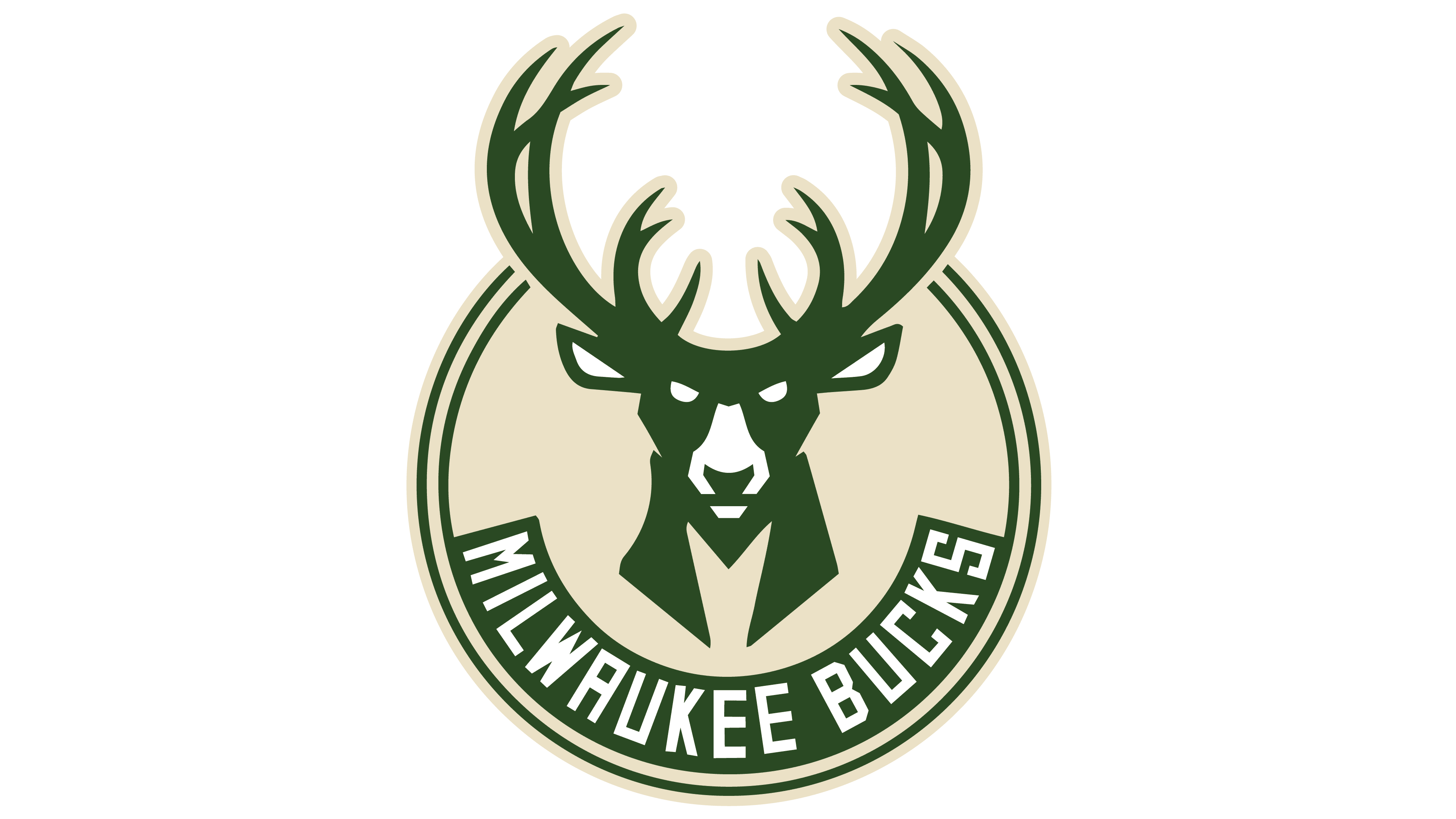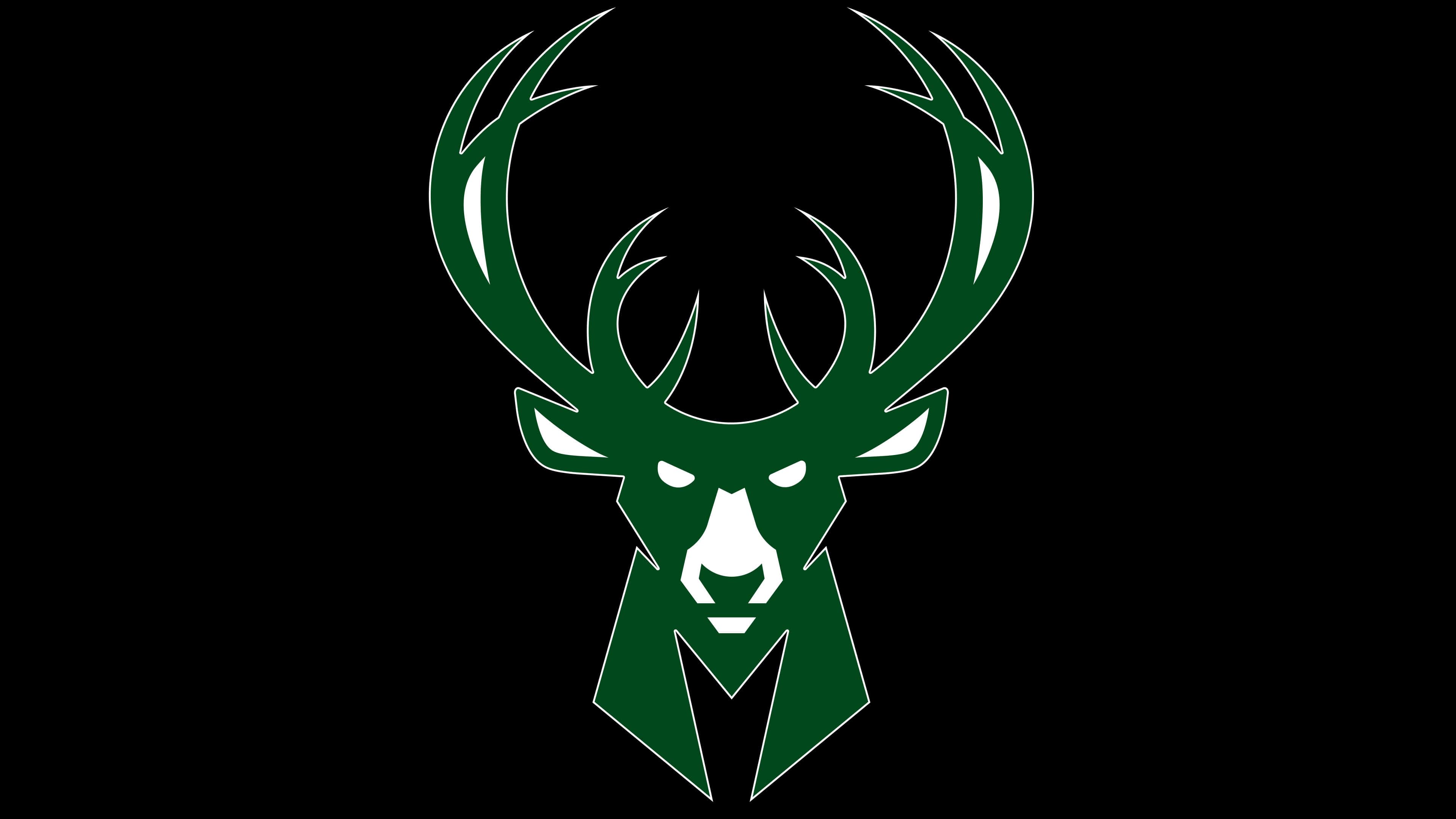When we talk about understanding deer, especially the really big ones, it's a topic that truly gets people talking. There's something quite captivating about these creatures, how they move through their natural settings, and what makes them tick. For anyone who spends time outdoors, or even just wonders about wildlife, knowing more about these majestic animals can be a real pleasure. We're going to explore some observations that give us a peek into the lives of these impressive deer, drawing on years of watching and tracking their paths.
It's fascinating, in a way, to consider how much effort goes into learning about these animals. People dedicate a lot of their time to observing patterns, noting where deer appear, and trying to figure out what drives their daily routines. This kind of dedication helps build a picture of their habits, which is pretty useful for anyone hoping to catch a glimpse or just appreciate them more. You know, it's almost like putting together a puzzle, piece by piece, to see the whole picture.
This discussion will pull from direct experiences and recorded sightings, giving us some genuine insights into the world of large deer. We'll look at everything from the marks they leave behind to the moments when they finally show themselves. It’s all about getting a clearer idea of what makes these big bucks behave the way they do, which is really quite something to consider for those interested in what the future might hold for these animals in their natural settings.
- Glorilla Husband
- Carlys Parents Brandon And Teresa
- Brad Pitts Friend
- Ozempic Libido
- What Is The Dog From The Proposal
Table of Contents
- What Do We Know About Big Bucks?
- How Do We Track Bucks for Bucks vs Raptors Predictions?
- Where Do the Really Big Bucks Live?
- What Challenges Do Bucks Face - Bucks vs Raptors Outlook?
- Can We Predict Deer Behavior?
- How Do Bucks Change Over Time - Bucks vs Raptors Development?
- Noteworthy Bucks and Their Stories
- The Future of Bucks - Bucks vs Raptors Considerations
What Do We Know About Big Bucks?
When you spend time out in the wild, it becomes pretty clear that some deer are just bigger than others. We're talking about those impressive male deer, the ones with substantial antlers. For example, Jacob Deaton, who hunts with a bow in Kentucky, was able to get one of these truly huge deer. This particular one had antlers that weren't shaped in the usual way and were still covered in a soft, fuzzy layer. It just goes to show you, sometimes the biggest ones are also the most unique looking. That kind of sighting is a real treat for anyone who appreciates wildlife.
Often, the first sign of a truly large deer isn't the deer itself, but the marks it leaves behind. It's interesting to note that most of the footprints we find from these bigger animals are quite wide, usually more than four fingers across. This detail gives us a little clue about the size of the animal that made them. So, if you're out walking and spot a very wide track, you might be following in the steps of a substantial buck. It's a simple observation, but it tells you a lot, you know?
We've also seen a good number of these bigger bucks, some with eight points on their antlers, and others with ten. These are the kinds of deer that really stand out. However, actually getting close enough to them can be a different story entirely. There have been several times where these magnificent creatures were spotted, but they just kept their distance. It's almost like they know you're there, even when you try to be very quiet and careful. That's just how it goes sometimes with these animals, they are quite aware of their surroundings.
- Waffler Dead
- Abby And Brittany Hensel Died Today
- Chad Mcqueen 2022
- How Are Joan And Chock Doing
- Micah Parsons Kids
How Do We Track Bucks for Bucks vs Raptors Predictions?
Understanding how deer move is a big part of trying to figure out where they might be next. What we've noticed, usually, is that the first deer to start moving around are the smaller ones, like the does and the younger bucks. They seem to be the ones who lead the way. Then, after a little while, the really big bucks will follow. This pattern of movement can be quite telling, giving us a sort of sequence to observe. It's like they have their own little parade, with the smaller ones going first, and the bigger ones taking their time to join in. This behavior is something we definitely keep in mind for any bucks vs raptors predictions, thinking about how they react to their surroundings.
For a good while now, specifically the past eight years, a record has been kept on a large map of Missouri. This map shows where big bucks have been taken down in the state. What's marked on the map is any buck that measured over 140 points. This kind of record-keeping helps to build a sort of historical picture of where these bigger deer tend to be found. It’s a way of looking back to see if there are any consistent areas that seem to produce these larger animals, which is pretty helpful for understanding patterns, you know, over time.
This method of marking the map is pretty straightforward. Each time a big buck, meaning one over 140 points, is taken, a little mark goes onto the map in that spot. It’s a simple system, but it builds up a lot of information over the years. By looking at where these marks are concentrated, you can start to get an idea of which parts of the state are more likely to have these impressive deer. It’s a bit like creating a visual history of where the larger deer have been found, and that's really useful for anyone trying to understand their presence for bucks vs raptors predictions.
Where Do the Really Big Bucks Live?
A common question people ask is about the best places on public land to find bigger bucks. It's a natural thing to wonder, especially for those who enjoy being out in nature and observing wildlife. We've certainly spent time looking into this, trying to identify areas that might be more promising for spotting these larger deer. It's not always an easy answer, as deer can move around quite a bit, but some places do seem to hold more promise than others. This is a topic that always sparks a lot of interest, as a matter of fact.
Last year, for example, some areas up around Bethany were explored. There were a couple of spots that seemed pretty decent, offering some good opportunities for observing deer. However, there were also quite a few signs of deer that didn't make it, like carcasses found near ponds. This tells a bit of a mixed story about the area. While it might have some potential for seeing deer, it also suggests that these places can be tough for the animals, or that other factors are at play. It’s a reminder that even good spots can have their challenges, too, it's almost.
The reason people share information about where they've seen big bucks, or where they've had success, is pretty simple. There's a lot of community interest in these animals. For instance, there's a conversation about bucks that has jumped to over 2,200 views, with 35 replies and 13 different people taking part. The most recent comment on this particular topic was from October 30, 2024. This kind of activity shows just how much people care about these deer and want to share their experiences and insights. It's a really active community, you know, around this subject.
What Challenges Do Bucks Face - Bucks vs Raptors Outlook?
When we think about the life of a big buck, it’s not always easy. They face various challenges in their daily existence. These can come from their environment, other animals, or even just the natural course of things. For instance, finding good food sources, like the hay fields mentioned earlier, is important for their well-being. But even in places where food is plentiful, there are other pressures. The presence of carcasses, as seen near ponds, certainly points to some of these difficulties. It suggests that while some areas might seem good, they also present risks for the deer, which is something to consider for a bucks vs raptors outlook.
The natural world is full of interactions, and deer are part of a larger system. They interact with their surroundings, with plants, and with other creatures. These interactions can be positive, like finding good foraging spots, or they can be more challenging. It’s a constant dance between finding resources and avoiding potential dangers. This dynamic is a key part of understanding their lives and what might influence their numbers or movements. It’s basically a continuous process of adapting to what's around them, which is pretty much how things work in the wild.
So, when we consider what might influence the future of these big bucks, it’s about looking at all these different elements. It’s not just about what they eat or where they sleep, but also the broader picture of their environment. Every season brings new conditions, and every area has its own set of circumstances that affect these animals. These influences are what shape their chances and their movements over time. This broad perspective is important when thinking about any kind of prediction for bucks and their interactions with their world, including any "raptors" or other environmental pressures.
Can We Predict Deer Behavior?
Trying to predict exactly what a deer will do can be a bit tricky, but we can certainly look for patterns. For example, there's a record of 34 bucks that were considered exceptional, meaning they "made the grade." One of these, however, was found in Illinois, not Missouri. This shows that while we might focus on one area, these impressive animals can be found in other places too. It's a reminder that their range can be wider than we sometimes expect, which makes precise predictions a little more complex. You know, they don't always stick to the script.
We only have one picture of that specific buck from Illinois, and it looks like it was taken down around 2008 or 2009. The exact year isn't totally clear, but that's what the information suggests. This kind of historical data, even if it's just a single image and a rough date, helps us piece together a timeline of notable deer. It's like finding a small piece of a much larger puzzle, giving us a glimpse into the past presence of these animals. It's a bit of a snapshot from a while ago, but still useful, apparently.
Understanding deer behavior also involves looking at how they change over time. What might seem like a small deer one year could grow into something truly remarkable. This makes predicting their future movements and development quite a fascinating challenge. It’s about recognizing that these animals are always growing and adapting, and their paths are not always set in stone. This ongoing change is a big part of what makes observing them so interesting, as a matter of fact.
How Do Bucks Change Over Time - Bucks vs Raptors Development?
A really famous example of a buck changing significantly is the "Huff buck." Two years before it was taken, this deer had five points on its left antler and just a single spike on its right. That's a pretty distinct look. But then, it transformed into something much bigger. This particular deer went from being what some might call a "cull buck," meaning one that might be considered less desirable for its antlers, to becoming the largest typical buck on record. This is a truly remarkable transformation, showing how much a deer can develop. It’s a powerful illustration of growth and potential, you know?
This story of the Huff buck is a good example of how deer can surprise us with their development. What might seem like a less impressive deer at one point can, given the right conditions and time, grow into something truly magnificent. It highlights the natural progression and potential within these animals. It also suggests that judging a buck too early might mean missing out on seeing its full potential. This kind of growth is a key factor when we think about the long-term development of bucks, and how they might fare against various environmental factors, or what we're calling "raptors" in this context.
Jacob Deaton, the Kentucky bowhunter, also had an experience with a huge, velvet nontypical buck. This deer, like the Huff buck, represents the incredible variety and potential for growth within the deer population. The fact that it was a "velvet nontypical" means its antlers were still developing and were not in the typical shape. These unique individuals contribute to our overall understanding of how deer mature and what forms they can take. It’s a testament to the diversity that exists in nature, and how each deer's path can be quite distinct. So, in some respects, every deer has its own story of development.
Noteworthy Bucks and Their Stories
We’ve heard about Jacob Deaton’s impressive bow hunt in Kentucky, where he managed to get a truly huge, velvet nontypical buck. This kind of achievement isn't just about the hunt itself; it's also about the story of that particular deer. Every big buck has a bit of a tale behind it, whether it's about where it lived, how it grew, or the circumstances of its sighting. These individual stories add a lot to our general knowledge of deer, giving us specific examples rather than just broad ideas. It's pretty interesting to hear about each one, actually.
The record-keeping efforts, like the map in Missouri that tracks bucks over 140 points, are basically a collection of these individual stories. For eight years, this map has been a visual diary of where these impressive animals have been found. It's not just a bunch of dots; each mark represents a specific deer that was a significant size. This ongoing record helps to show us patterns over a long period, which is really valuable for understanding where these bigger bucks tend to roam. It's a lot of information gathered over time, you know.
Another fascinating detail from the observations is how some of these big bucks behave. Jacob Deaton’s huge velvet nontypical, along with two other large bucks, were seen feeding together into a hay field. This kind of sighting gives us a glimpse into their social dynamics and feeding habits. Seeing multiple large bucks together is not always common, so it provides a valuable piece of information about how they might group up, especially around good food sources. It’s a pretty clear picture of them just going about their daily lives, basically.
The Future of Bucks - Bucks vs Raptors Considerations
Thinking about what the future holds for big bucks involves considering many different things. It’s about looking at their habitats, their food sources, and how they interact with their surroundings. The observations about tracks, movement patterns, and even the presence of other deer like does and smaller bucks, all contribute to this bigger picture. It’s a bit like trying to put together a puzzle where some pieces are still missing, but you have enough to see the general shape. This broader view helps us make more informed considerations about bucks vs raptors, in the sense of challenges from their environment.
The fact that people are so interested in these discussions, with forum posts getting thousands of views and many replies, shows that there's a strong desire to understand these animals better. This collective interest and shared knowledge can be a powerful tool for learning more about deer populations and their future. When many people contribute their observations and experiences, it creates a much richer dataset than any one person could gather alone. It's a community effort, really, to figure things out.
Ultimately, the story of bucks, from their first tracks to their full growth, is a continuous one. It’s about observing, learning, and adapting our understanding as new information comes to light. The transformation of a buck from a "cull buck" to the "biggest typical" is a powerful reminder that there's always more to learn and that these animals can surprise us. This ongoing journey of discovery is what keeps the interest alive and helps us build a better picture of what to expect for these impressive creatures in the wild, including how they might fare against various natural pressures, or what we are broadly calling "raptors."


